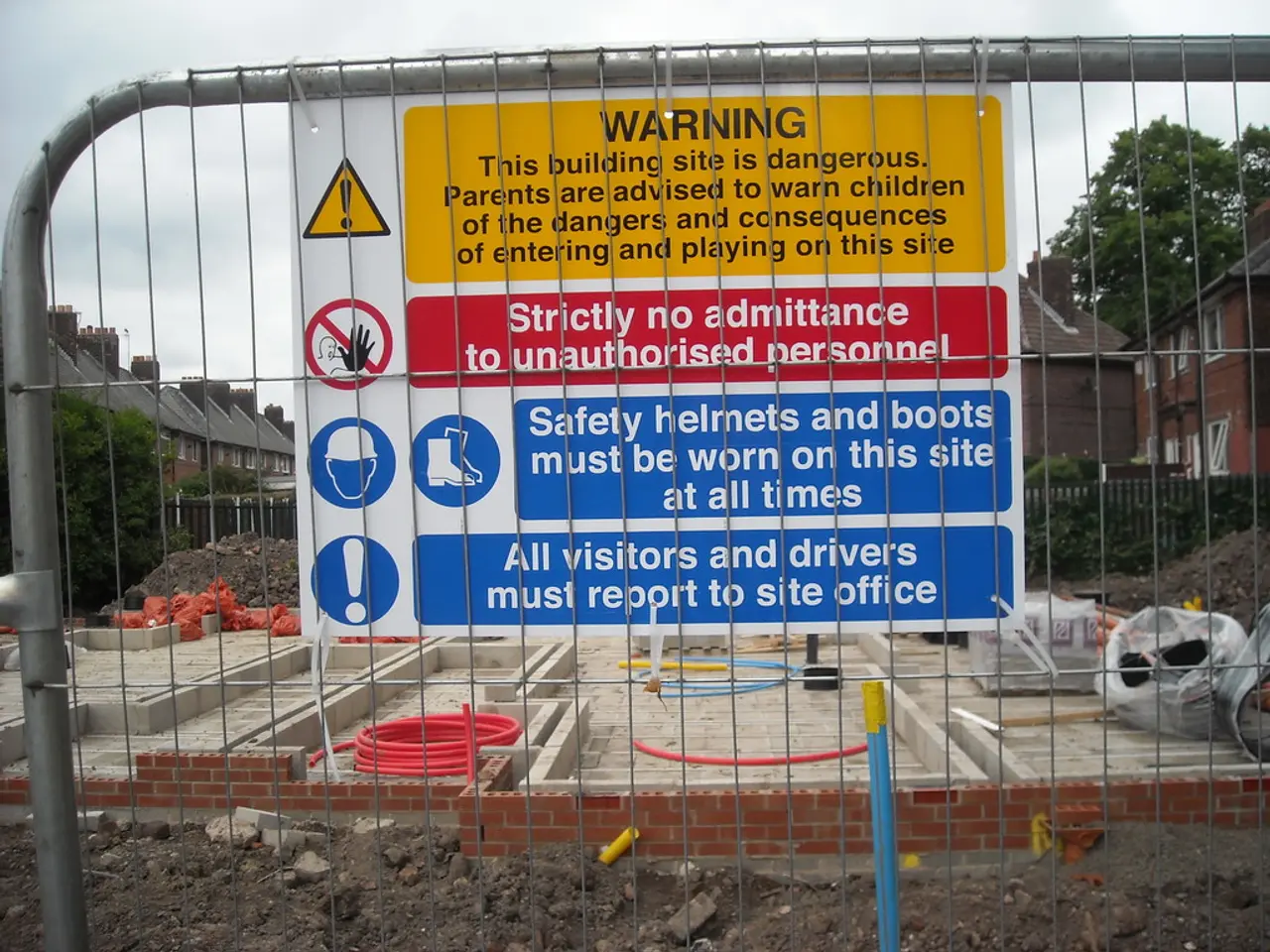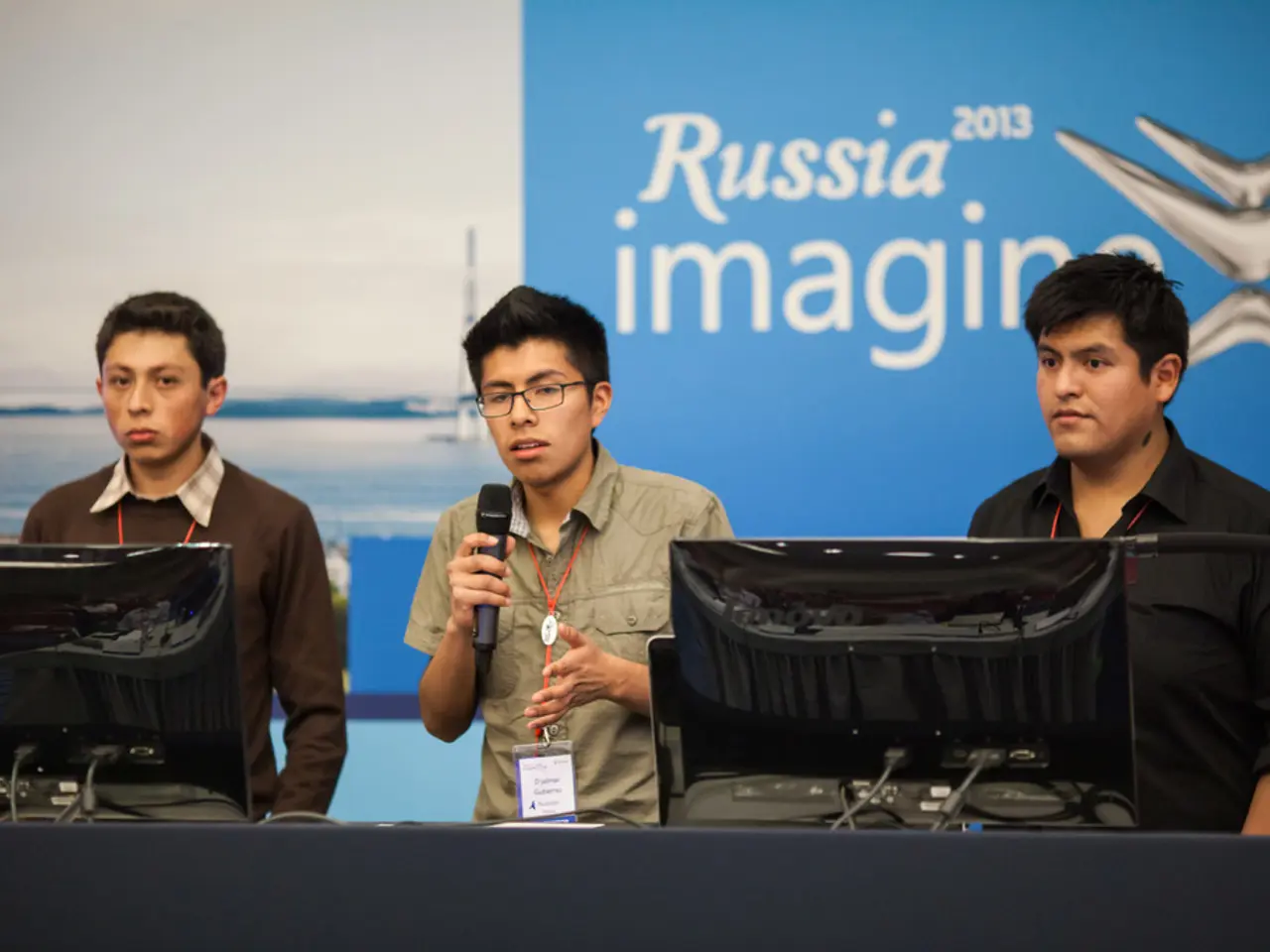Does the driving range of your electric vehicle align with the stated claims?
Australian Automobile Association's Real-World Testing Program Reveals EV Range Discrepancies
In a groundbreaking move, the Australian Automobile Association (AAA) has included electric vehicles (EVs) in its Real-World Testing Program for the first time. The program, which tests a variety of vehicles using a standardized 93 km test loop around Geelong, Victoria, has revealed that the real-world driving ranges for popular EVs typically fall between 5% and 23% below the manufacturers' official laboratory range claims [1][2][4].
The program's findings for 2025 include:
- The Smart #3 showed the least discrepancy, with a real-world range of 432 km, only 5% less than its claimed 455 km.
- The Kia EV6 and the Tesla Model Y followed closely, with real-world ranges of 484 km and 490 km, respectively, representing an 8% difference from their claimed ranges of 528 km and 533 km.
- The Tesla Model 3 and the BYD Atto 3 showed more significant differences, with real-world ranges of 441 km and 369 km, representing 14% and 23% less than their claimed ranges of 513 km and 480 km, respectively.
These differences can be attributed to the gap between laboratory testing conditions, often using older cycles like NEDC or WLTP, and the more variable, mixed driving conditions encountered in real-world Australian settings [2][3].
The AAA Real-World Testing Program aims to provide consumers with fair and repeatable results representative of actual driving, offering valuable transparency for Australian consumers and fleet buyers [1][2][4]. The program is funded by the Commonwealth with bipartisan support.
The program will test up to 200 of Australia's most popular makes and models, including conventionally powered vehicles, hybrids, and electric cars. As pressure mounts on carmakers to reduce fuel consumption and emissions from their new vehicles and comply with the Federal Government's New Vehicle Efficiency Standard, which began on 1 July 2025, independent, real-world data becomes increasingly important [5].
An AAA poll, conducted in July 2025, showed that 60 percent of potential EV buyers identified vehicle range and recharging as "the main concerns or hesitations" that might prevent them from choosing an electric vehicle (not a hybrid) for their next car purchase [6]. The Real-World Testing Program aims to help consumers make informed decisions when purchasing a new vehicle, by providing them with real-world performance data.
References: [1] Australian Automobile Association. (2025). AAA Real-World Testing Program. Retrieved from https://www.aaa.asn.au/real-world-testing-program/ [2] Australian Automobile Association. (2025). AAA Real-World Testing Program Methodology. Retrieved from https://www.aaa.asn.au/real-world-testing-program-methodology/ [3] Australian Automobile Association. (2025). AAA Real-World Testing Program Results. Retrieved from https://www.aaa.asn.au/real-world-testing-program-results/ [4] Australian Government. (2025). New Vehicle Efficiency Standard. Retrieved from https://www.environment.gov.au/protection/vehicles/new-vehicle-efficiency-standard [5] Australian Government. (2025). New Vehicle Efficiency Standard: Frequently Asked Questions. Retrieved from https://www.environment.gov.au/protection/vehicles/new-vehicle-efficiency-standard/faqs [6] Australian Automobile Association. (2025). EV Adoption Barriers. Retrieved from https://www.aaa.asn.au/ev-adoption-barriers/
- The AAA Real-World Testing Program has unveiled that the real-world ranges for popular electric vehicles like the Tesla Model 3 and BYD Atto 3 can differ significantly from the manufacturers' official claims, with up to 23% less range in the case of the BYD Atto 3.
- Technology and lifestyle preferences are crucial factors in vehicle purchasing decisions, yet the AAA Real-World Testing Program highlights the importance of considering actual driving performance, such as the range of electric vehicles, before making a purchase.




